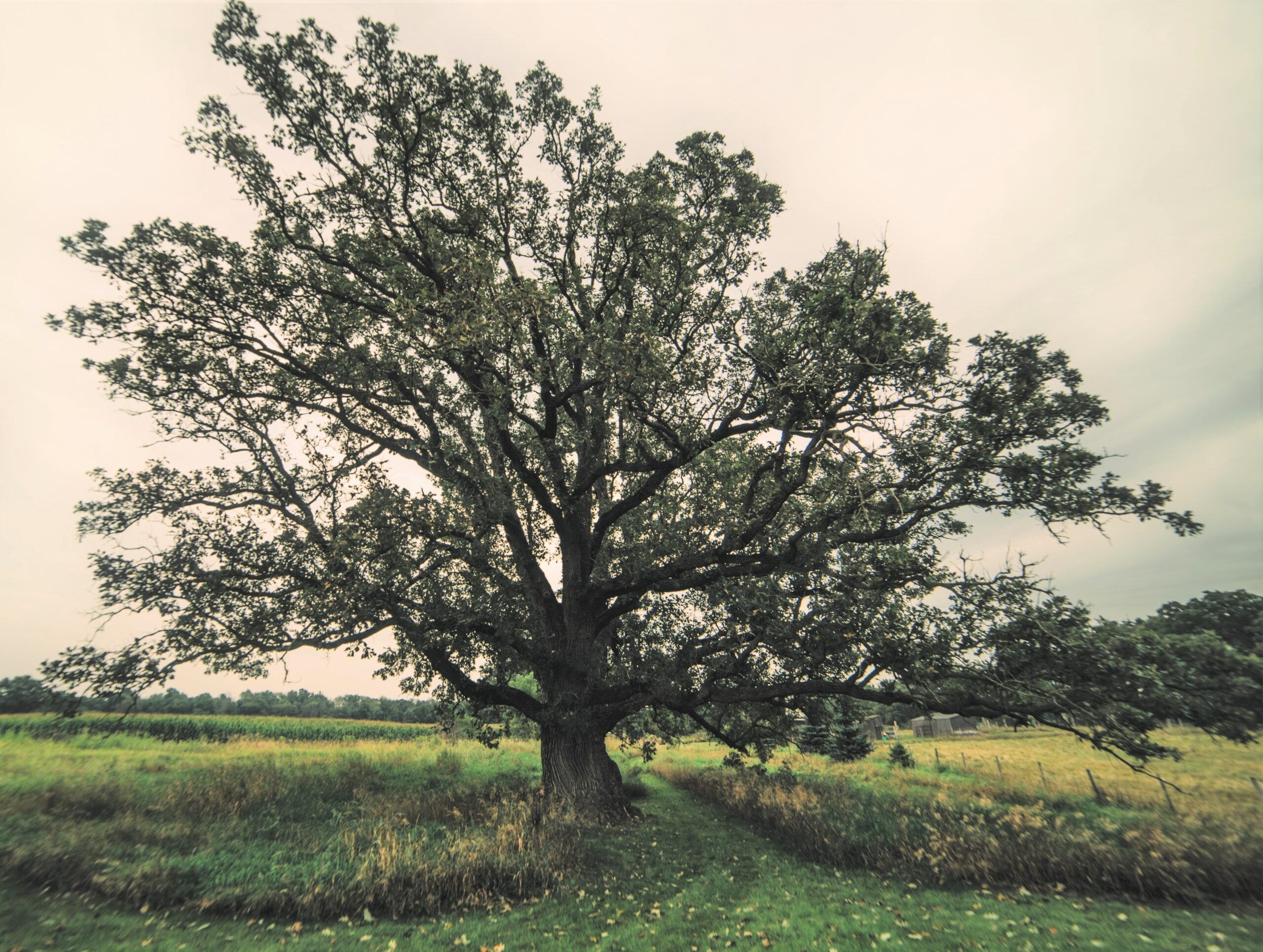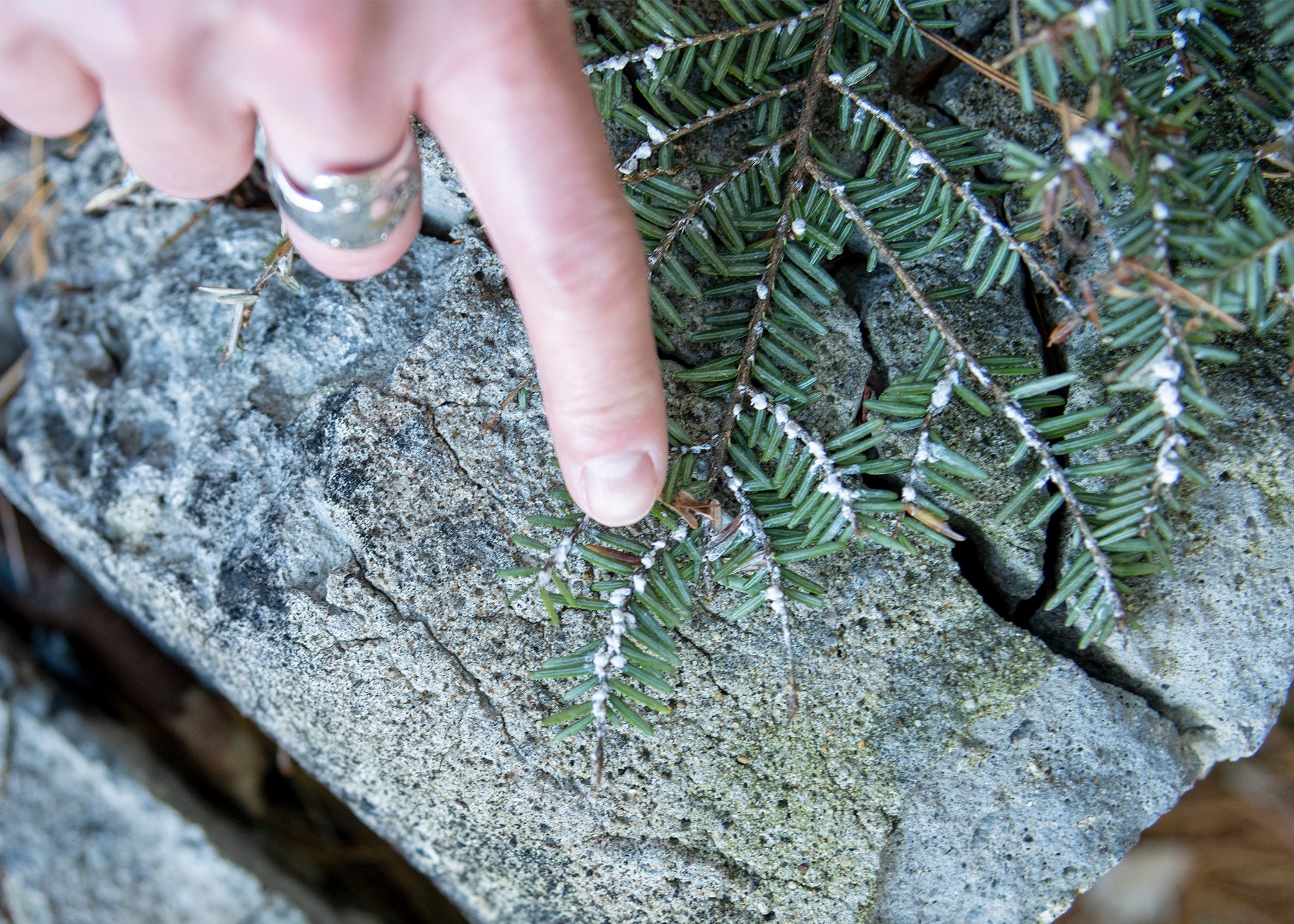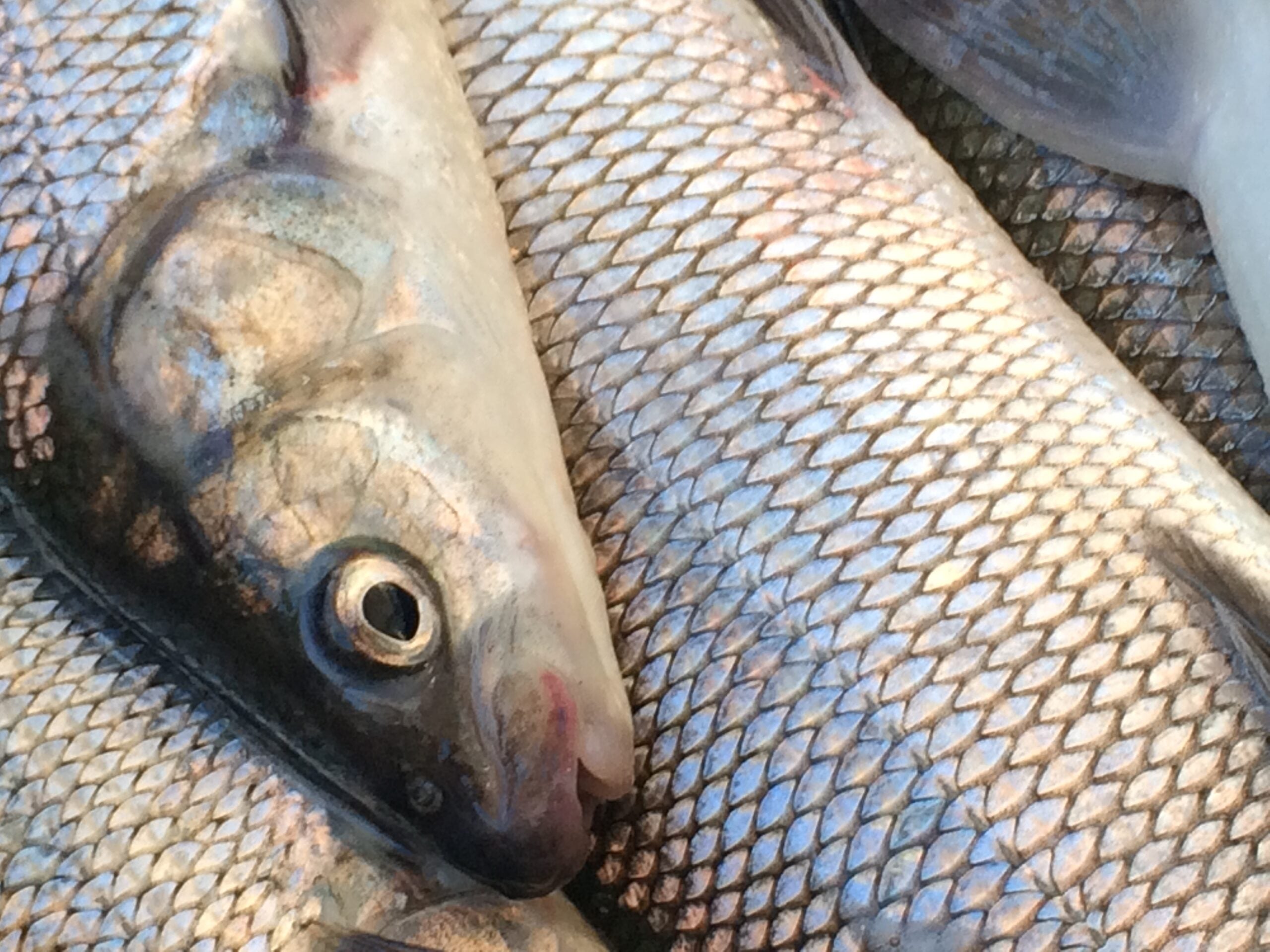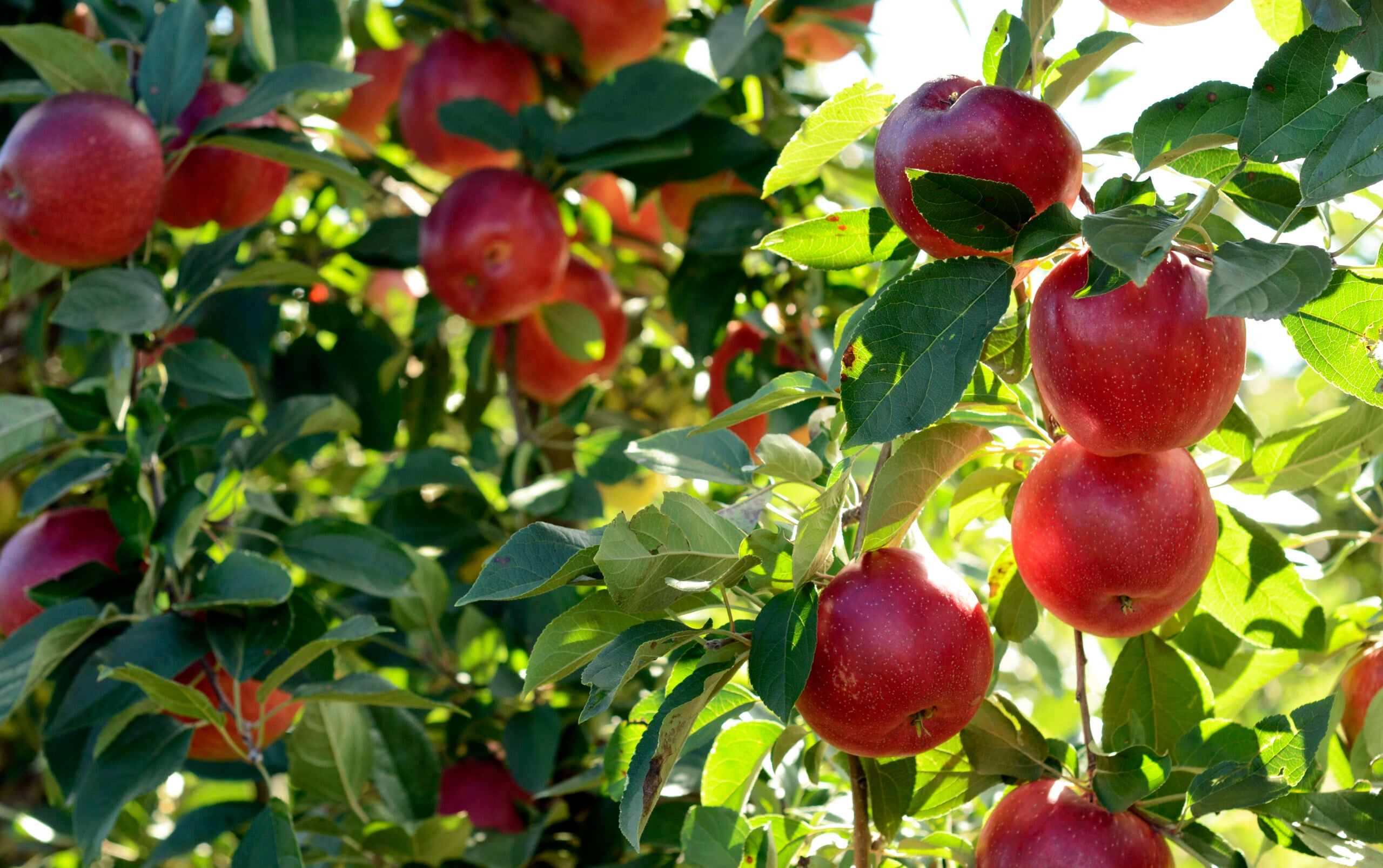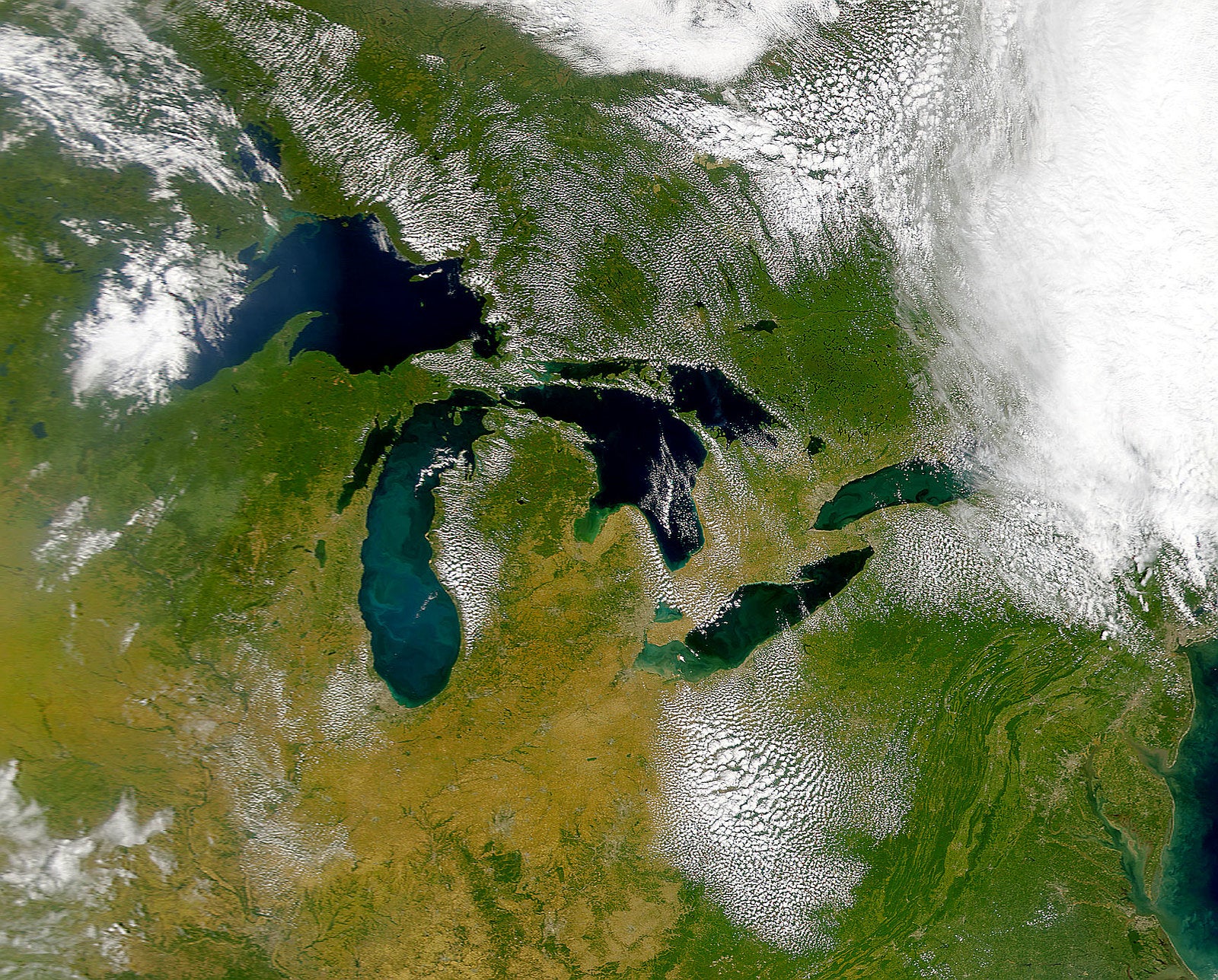The Wisconsin Department of Natural Resources has developed a tool to slow the spread of oak wilt, a fungal disease killing thousands of trees each year.
Oaks, a keystone species in Wisconsin, are most susceptible to infection and to spreading the disease when trees or branches have been cut or damaged.
The DNR’s satellite mapping system tells forest owners when it’s the safest time to harvest or prune oak trees. Developed by the DNR and the University of Wisconsin-Madison in 2021, the mapping system is based on temperature and improves the accuracy of advise about maintaining forests as climate change and warm winters decrease predictability.
News with a little more humanity
WPR’s “Wisconsin Today” newsletter keeps you connected to the state you love without feeling overwhelmed. No paywall. No agenda. No corporate filter.
The tool is designed to be able to respond to the unpredictability of climate change.
Oak wilt is commonly spread when spore-carrying beetles infect damaged trees. By tracking temperature, the tool works by predicting when the beetles will emerge.
“That could be in March, April, May. Last year it was April 15 for the southern part of the state. It was a little later in the north,” said Mike Hillstrom, a forest health specialist with the DNR.
Despite the historic warm weather, the threat to the health of oak trees remains low as April nears.
Oak wilt has been infecting oak trees in Wisconsin since the mid-1940s and the disease is well-established in the southern two-thirds of the state. Just six counties in northern and eastern Wisconsin — Iron, Taylor, Door, Kewaunee, Calumet and Manitowoc Counties — have not detected oak wilt.
Saving the oaks will have enumerable benefits
Oak trees are a critical part of the state’s forest ecosystem. Wisconsin has about 17 million acres of forest. Oak is the second most common hardwood to the maple. The wood is used for products like furniture and flooring. The trees are cover for birds and insects and acorns are an important food source for wildlife.
The National Wildlife Federation identifies oaks as the top keystone plant in the northern forests of the United States — the trees host 445 species of native caterpillars that are in turn critical to the survival of birds and other wildlife.
And the long-lived trees, growing to enormous size over centuries, are simply beautiful.
“Every year, we find a few new townships that have oak wilt in them,” Hillstrom said. “It’s complicated. We can’t reach every pocket. Not everybody is even aware that oak wilt is out there on the landscape. We do our best to educate what it looks like so people are aware of it and can hopefully respond in the best way they can.”
In general, the DNR has suggested for years that people avoid harvesting or pruning oak trees between April 1 and July 15 in the south or April 15 and July 15 in the north. Hillstrom said that’s based on having about a week straight of temperatures in the 60s.
“Every year is a little different. The insects and the fungus don’t know if it’s March, April or May,” Hillstrom said. “It’s a good general guideline to help the public know the time window.”
In the last couple years, the DNR has been using the satellite mapping technology to more precisely determine when foresters can safely harvest oak trees in state-owned forestland.
“Two years ago, we were harvesting into May, we had snow on the ground until almost June. So sometimes we have a longer window, but if we are getting this warmer weather early, we might have a shorter window.”
Researchers are also developing field testing that will allow them to detect oak wilt in the forest.
“Where the new technology comes in is if we can find those pockets when they are small, we have a way better chance of stopping it early and just having a much lower impact on the forest,” Hillstrom said.
$24B forest industry at stake
Forests are still a major source of revenue in Wisconsin. The state took in more than $24 billion from harvesting trees in 2020 from the state forests the DNR owns. Nearly 60 percent of forestland in Wisconsin is privately owned. Federal, state and local government and Native American Tribes own the rest.
Langlade County in northern Wisconsin has revenue of about $2 million per year from the 130,000 acres of forest it maintains.
“Forestry is very important to the overall economy,” said Cody Brauner, assistant forest administrator for Langlade County. “Between tourism and the forest products industry, those are two of the largest components of our economy here.”
Storms in Langlade County in 2019 damaged oak trees and brought the first oak wilt problems to the county, which has been monitoring a growing number of places with oak wilt.
“What we have done with the sites we have found is we are chemically treating the infected trees and then chemically treating the oak within a buffer around that infection to prevent it from spreading,” Brauner said.
While oak wilt has been spreading slowly, Brauner expects oak trees will remain important to the mix of tree species in the Langlade County forest. While there are no plans to harvest any oak trees in 2024, oak makes up about 5 percent of the county forest.
“Oak is a critical component going forward,” Brauner said. “Especially as we are looking at the loss of elm previously and the loss of ash moving forward. We’re losing some of that diversity, so we really need to maintain that diversity of species we have left and have some control over.”
There are more than 600 species of oak trees in the United States and nine of them are native to Wisconsin. Red oaks have “v” shaped leaves and are more susceptible to oak wilt than white oaks, which have “u” shaped leaves.
Brauner said with warmer winters and the unpredictability of storms that could damage trees and make them more susceptible to disease, any tools the DNR can develop to delay major infestations are welcome.
Wisconsin Public Radio, © Copyright 2026, Board of Regents of the University of Wisconsin System and Wisconsin Educational Communications Board.

